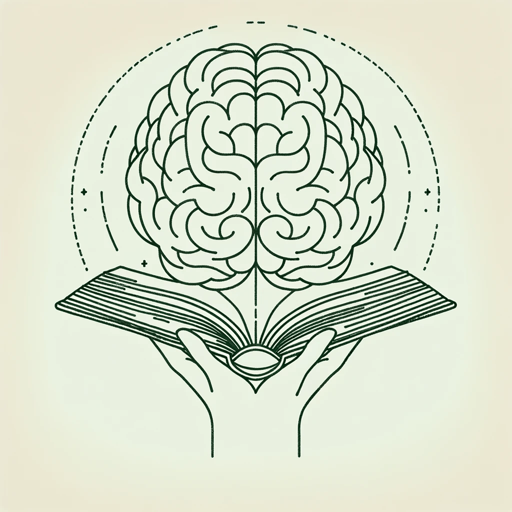60 pages • 2 hours read
C. G. JungMan and His Symbols
Nonfiction | Book | Adult | Published in 1964A modern alternative to SparkNotes and CliffsNotes, SuperSummary offers high-quality Study Guides with detailed chapter summaries and analysis of major themes, characters, and more.
Part 4Chapter Summaries & Analyses
Part 4: “Symbolism in the Visual Arts” by Aniela Jaffé
Part 4, Section 1 Summary and Analysis: “Sacred Symbols—The Stone and The Animal”
Jaffé begins Part 4 by describing how people use the visual and physical world around them to create likenesses of the symbols that are the most important to them. She explains that the relationship between religion and art is as old as religion and art themselves. She identifies three enduring symbols throughout history that appear in all forms of art: “the stone, the animal, and the circle—each of which has had enduring psychological significance from the earliest expressions of human conscious to the most sophisticated forms of 20th-century art” (190).
Jaffé notes that both ancient and modern civilizations use stone to mark graves or boundaries. She explains that primitive societies often viewed stones as being the home of a spirit or god-like entity; this is exemplified in the tale of Jacob’s ladder to Heaven that he dreamed of from the Old Testament. When he awakes from his vision of God and Heaven, he takes a stone which was used as his bed and erects it to communicate with God. Jaffé also notes that Zen Buddhists arrange stones in Zen gardens to express their spiritual connection with nature. She explains that human reverie of rock and stone dates to early history when people first began trying to describe the spirit of a rock.


